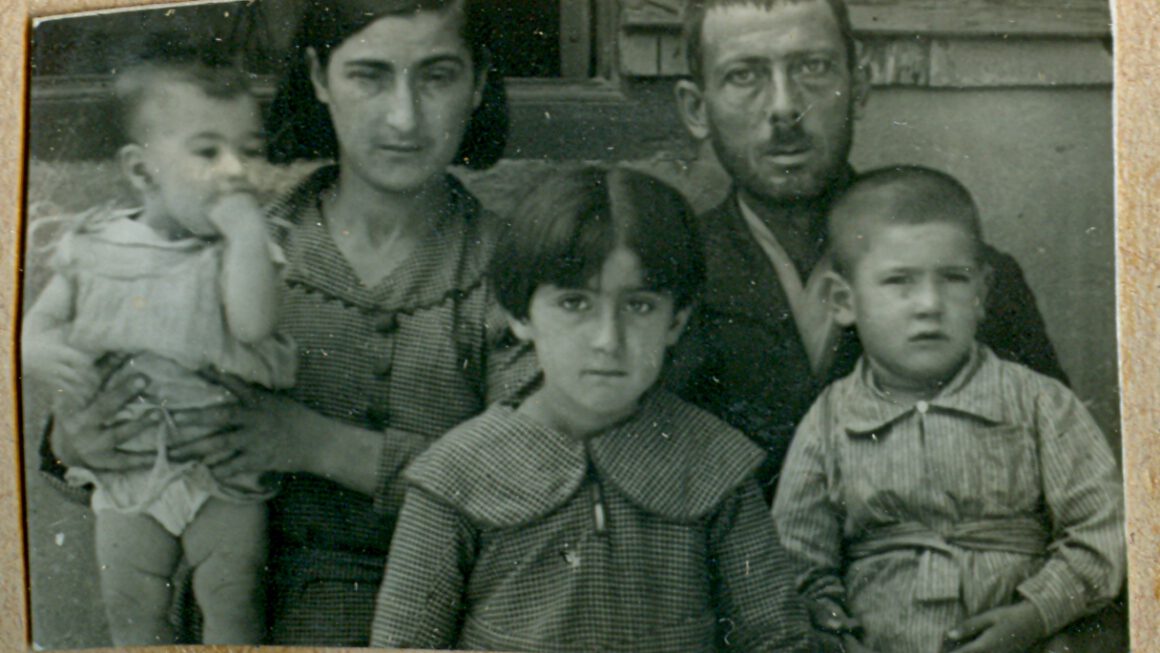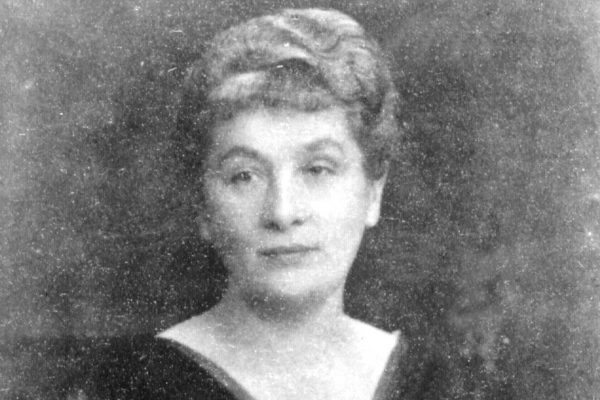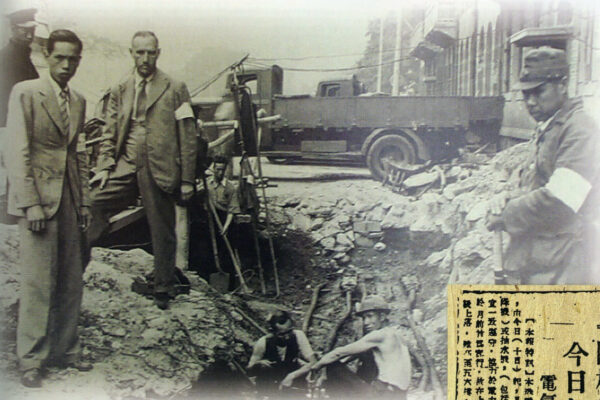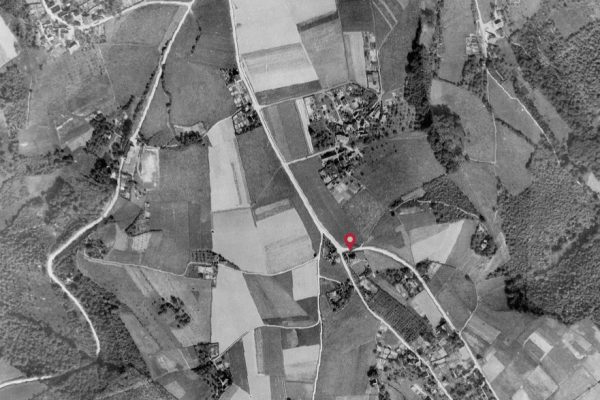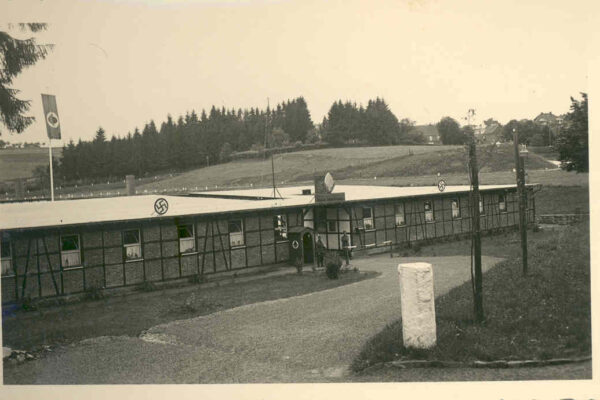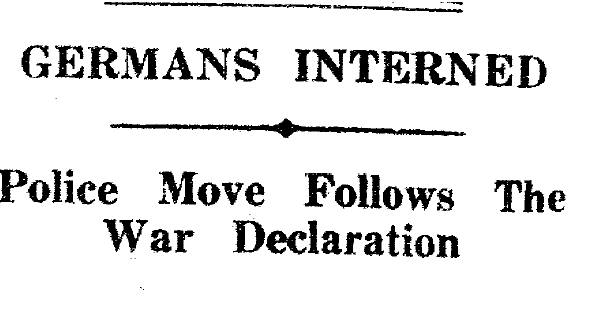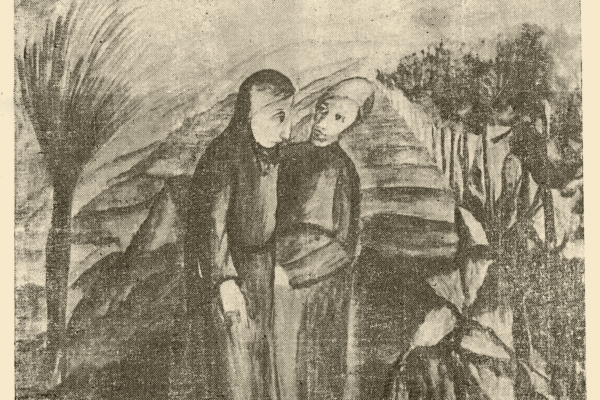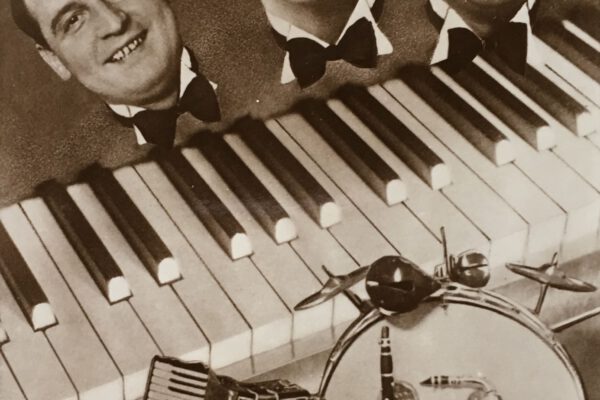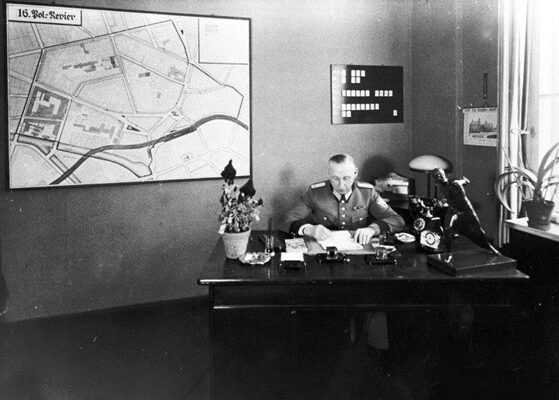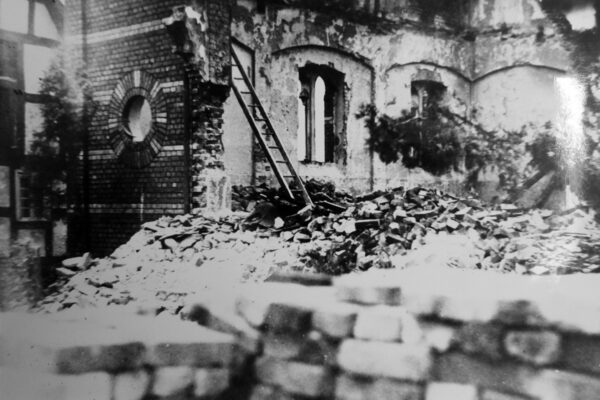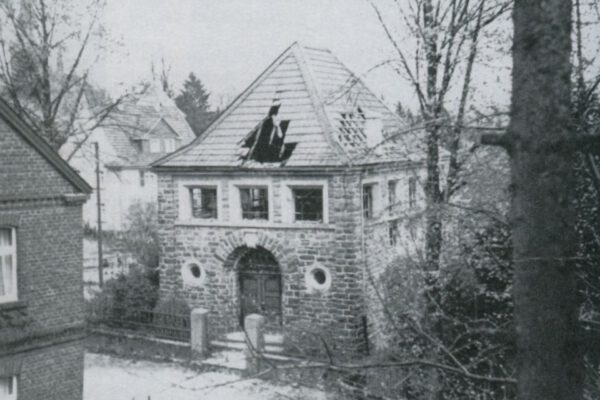On the morning of March 15, 1943, the residents of the Baron Hirsch neighbourhood in Thessaloniki, which was located by the railway station, were packed into livestock wagons, which were overloaded to twice their capacity. The cars were shut and sealed. The train departed for Poland with the first 2,800 deportees. After a tortuous, five-day journey, […]
Deportation from Solingen to Theresienstadt
“Dear Else, be sensible and think of your fragile nerves; there is no point in getting too excited. To bear the inevitable with dignity is the only thing we can do now; if we’re lucky, we will be able to bear it like our brothers,” Jenny Giesenow wrote in her last letter to her daughter […]
The Japanese occupy Hong Kong (1941 – 1945)
Only a handful of Jewish refugees were permitted to remain in Hong Kong after June 1940 – mainly doctors and engineers. Eighteen months later, the Japanese invaded the colony in December 1941. Several Jewish refugees died during the Japanese invasion including Herbert Samuel, a German Jew and statistician at CLP who fought to defend the […]
The pogrom on Pfaffenberger Weg in Solingen
Although individual actions against Jews were forbidden, the participants in a training evening of the NSDAP local group Solingen-Dorp let themselves be carried away to a pogrom in the night from July 12 to 13, 1941. After a subsequent drinking bout, some of the men, heavily intoxicated, moved on to the “Judenhaus” (Jewish house) at […]
Internment of the Jews still living in the Sieg district at the RAD camp Much
In 1941 the first assembly camps for Jews were set up. The Jewish people living in the Sieg district who did not have to do forced labor in companies important to the war were sent to the former Reich Labor Service (RAD) Camp Much until June 16, 1941. Excessive rent payments were demanded of the […]
Internment and Eviction (1939 – 1940)
On 3 September 1939, Britain declared war on Nazi Germany after its invasion of Poland. In Britain and across its empire, Austrian and German male citizens were arrested and interned as ‘enemy aliens’. In Hong Kong, Austrian and German men were interned at La Salle College, a school for boys situated in Kowloon. While conditions […]
Erna Friedlander’s picture of the refugees
Erna Friedlander and her husband Martin Friedlander came to Hong Kong in April 1939, having previously escaped Germany for Italy. Soon after his arrival in the colony, Martin became involved with the Jewish Refugee Society (JRS) where he met Monia Talan, the JRS’ secretary, who hired him at American Lloyd Shipping. Erna was a talented […]
A community takes shape
Before the outbreak of war in Europe, Jewish refugees tended to live in the affordable yet middle-class district of Kowloon Tong. They worked as merchants, teachers, doctors, engineers, musicians, butchers and artists, and their children also attended local schools. Evidence suggests that a loosely defined ‘community’ took shape among Jewish refugees in Hong Kong. Newspaper […]
The New Synagogue of Berlin on November 9/10, 1938
What exactly happened in and around the New Synagogue in the night of November 9 to 10, 1938 is not entirely clear. What is certain is that National Socialist and marauding groups gained access to the building, wreaked havoc, and began setting fires. However, the New Synagogue did not burn down that night. Contemporary witnesses […]
The pogrom night in Hamm on Sieg
Above the entrance of the synagogue of Hamm, which was consecrated in 1894, there was a blessing on a white marble plaque saying: “The Lord will protect your coming and going.” On the night of November 9th, 1938, the Jewish house of worship was set on fire by the National Socialists. In the early morning […]
The pogrom night in Ruppichteroth
The fire in the Ruppichteroth synagogue was not set only at 7 a.m. on November 10, 1938. Some onlookers and SS men made fun of putting the Hess family in front of the burning door to take photos and taunt them. Walter Hess, then seven years old, remembers: “It was a snapshot opportunity. […] I […]

